Mazda Carol 360
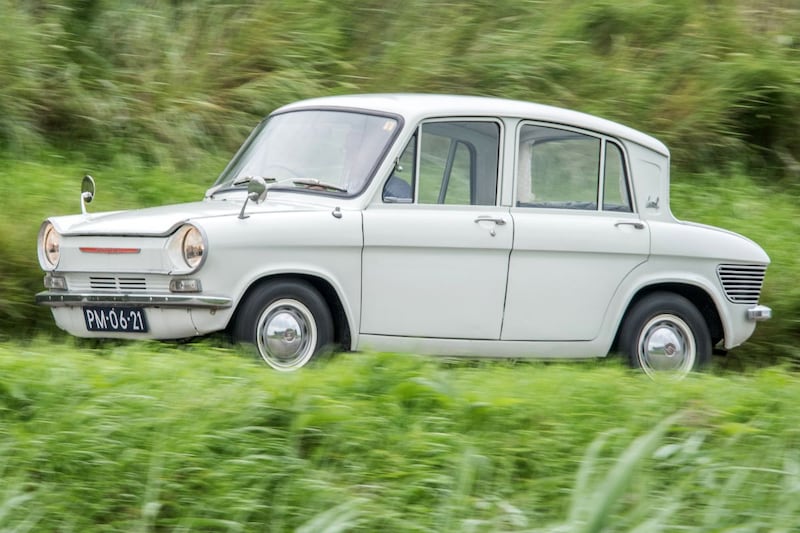
Happy with your Mazda 6, CX-3 or CX-5? Then consider that this was made possible in part by a tiny car, with the smallest four-cylinder ever supplied in a passenger car: the Mazda Carol 360. You should not overlook it, no matter how simple it is with such a little thing. He made Mazda great, even though it looks like it was drawn in 1:18 scale.
Collecting special Mazdas is something you can leave to the Zeelander Kees Hoebeke. He has all the weird, special and beautiful cars that ever rolled off the production line in Hiroshima, and if he doesn’t have them, he once had them or is going to find them. However, even for Hoebeke, the 1962 Mazda 360 Carol is special. When he stands next to it, he looks like a twelve-year-old boy showing off his toy car. Not only because of the twinkle in his eye, but also because of the fact that the Carol next to Kees – who is not particularly tall – looks like a toy car. “Yes,” he says with a sense of understatement, “this is not the biggest car Mazda has ever made.”
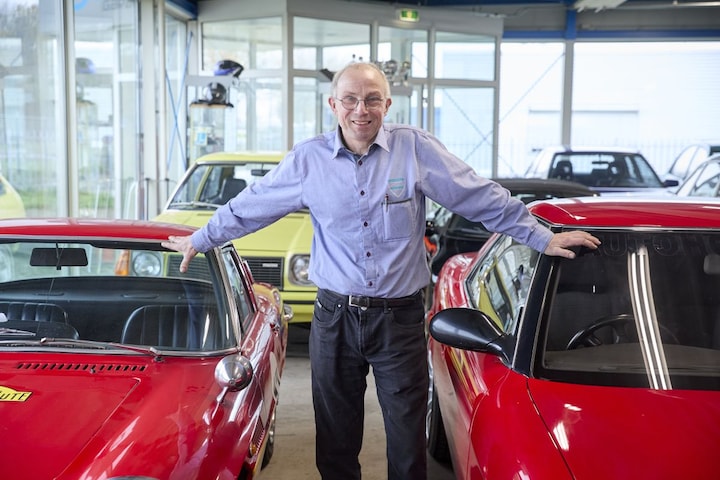
Smallest four-cylinder ever
It takes some effort to get behind the wheel, but a drive in a Mazda 360 Carol is definitely worth it. Despite its age, which is well beyond middle age, the little Mazda doesn’t feel that old at all. The independent suspension places it accurately on its wheels, the steering feel is nice and direct, the four-speed gearbox shifts without hesitation and the clutch feels like it. This also applies to the rear-mounted four-cylinder; it sounds no less mature than the engine block in – let’s face it – a 626 of the last generation. The most special thing is that the engine that produces that mature sound is the smallest four-cylinder ever supplied in a passenger car.
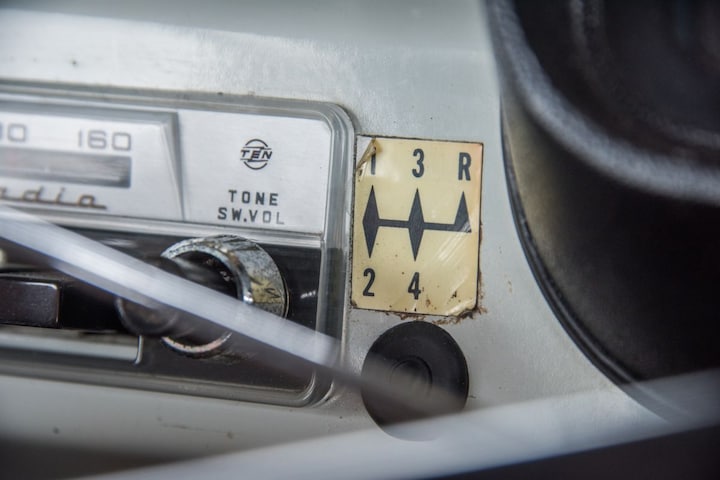
Yet, to use a nice saying, there is a big elephant in the room. That elephant is you and that room is much too small. The Carol’s steering wheel is not overly large, but takes up about half of the interior. The right half of course, because like all cars in Japan, the Carol is right-hand drive. That detail draws attention to the unavoidable fact that this car is really, really small. If you are taller than 1.70 metres, you sit with your legs apart, with the steering wheel in your lap, with your left leg curled over the gear lever and the top of your head rubbing against the roof. Changing gears becomes an undertaking that demands all your creativity, and while you are doing it, you notice that the cyclist you are passing suddenly seems enormous. Park the Carol among a bunch of random Golfs, Picantos and Aronas and it seems as if Mazda’s designer was under the impression that he had to design a model car in 1:18 scale. The Carol is that tiny.
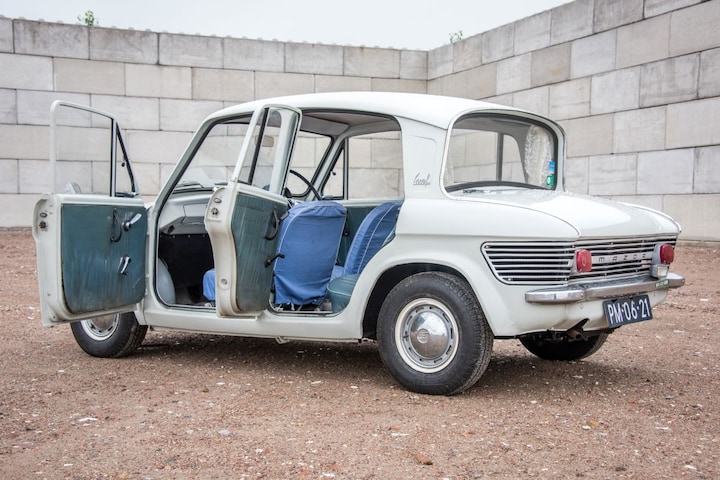
But the Carol is also big. A giant, you might say. You can marvel and chuckle scornfully at that tiny carriage, but then you are selling Carol and yourself short. The format must be placed in the context of Japan in the 1960s, which had not yet recovered from the Second World War and where many people did not have money to buy a car. To help the growth of the national car industry, the Japanese government introduced new regulations in 1949, which provided tax breaks for buyers of small cars, thus encouraging their development and production. Smart guys, those Japanese, because without knowing it they laid the foundation for a leading car industry and a real cult, that of the kei cars.
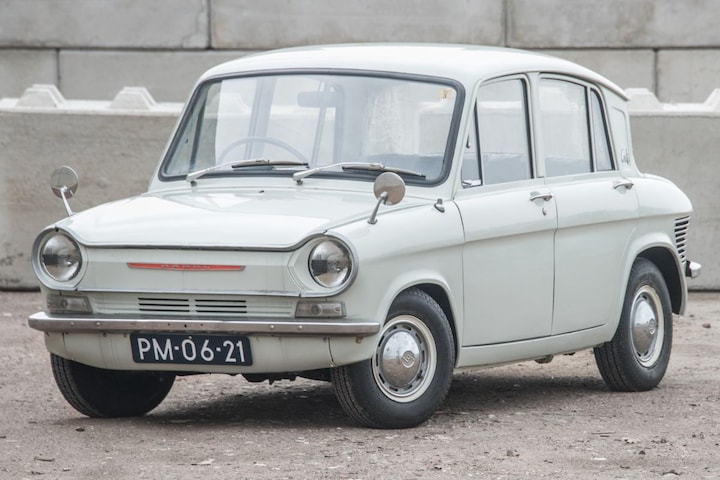
These mini cars, or ‘keijidosha’, were from the start extremely popular in Japan’s busy city centers, for which they seemed almost tailor-made. Speaking of size: the kei cars were subject to all kinds of strict restrictions. They were initially allowed to be no longer than 2.80 meters and no wider than one meter, but from 1950 onwards the manufacturers – or the occupants, if you prefer – were given a little more breathing space. The maximum length was stretched to 3 meters and the width to 1.30 meters. In the beginning, motorcycles were not allowed to be larger than 150 cc, but the technicians were given a little more room in 1955, when the limit was set at 360 cc. Mazda then saw an opportunity and seized it.
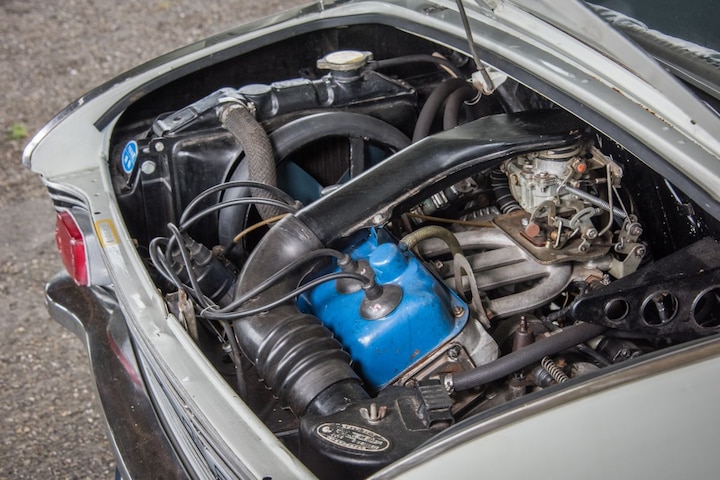
Carol cannot be dragged on in the sixties
The result? A tiny sedan that seats four people and is powered by a smooth four-cylinder engine. A heck of a family car, which has everything you want and which was impossible to find in Japan in the 1960s. Mazda reportedly had almost three-quarters of the entire kei market with the Carol at one point. With its aluminum engine block and independent wheel suspension, the development of the Carol was expensive, but Mazda quickly earned back that money. The Carol single-handedly laid the foundation for the Mazdas that came after it, and they are not the least.
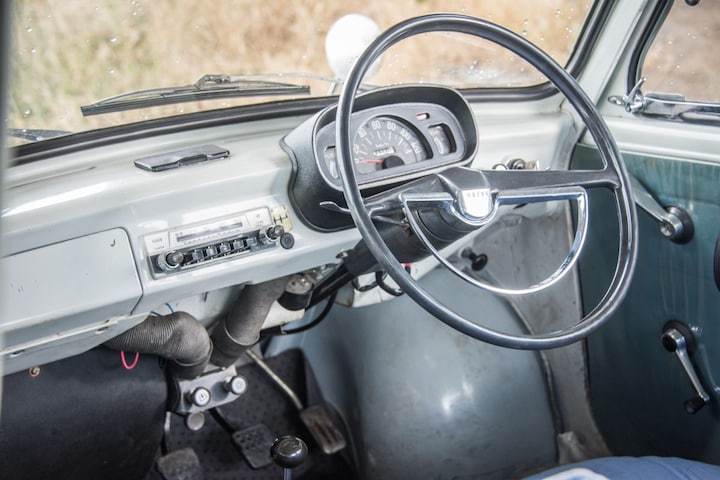
The only question is: what quality defines the Carol? His greatness or the fact that he is so small? In today’s context, his lack of size is detrimental on all fronts. The Japanese of the 1960s, who were not known for their long bodies, were unhappy about the lack of space, but four tall Dutch people in a Carol in 2023? That is a completely hopeless mission. Even if you are the only one on board, it is simply irresponsible to drive outside built-up areas. The rear-mounted engine produces only 18 hp and finds 40 kilometers per hour very fast. In 1962 it would be a few years before kei cars were allowed to exceed 40 kilometers per hour, but times have changed. However, you cannot blame Carol for that, says Kees Hoebeke.
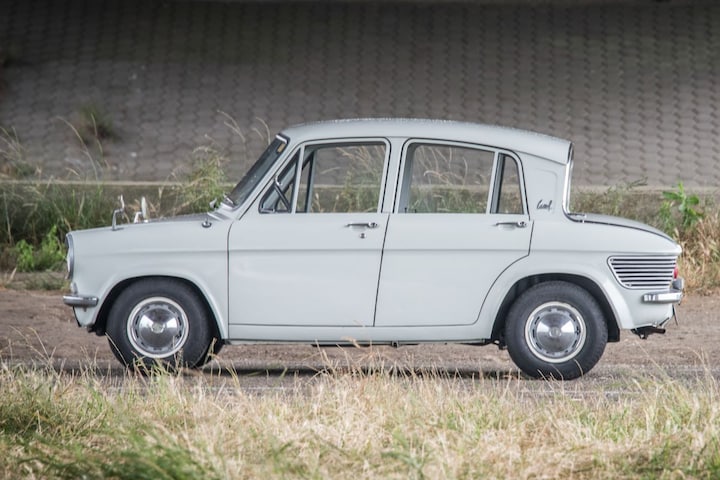
Carol 360 is a ‘real car’
Hoebeke does not hide his admiration for the small Mazda. He points to the upright rear window – with a hint of Ford Anglia – which shows that Mazda has really tried to maximize the interior space, and to the five-bearing crankshaft, which shows that Mazda also took the minuscule technology very seriously.
“Hardly anyone knows the Carol, isn’t that a shame?” says Hoebeke. “You can say that it is too small in many respects, but the way the technology has been created and packed into such a compact jacket shows a level of craftsmanship that you don’t see in many other cars. This is a real car.”
This story was previously published in AutoWeek Classics 8 2023
– Thanks for information from Autoweek.nl